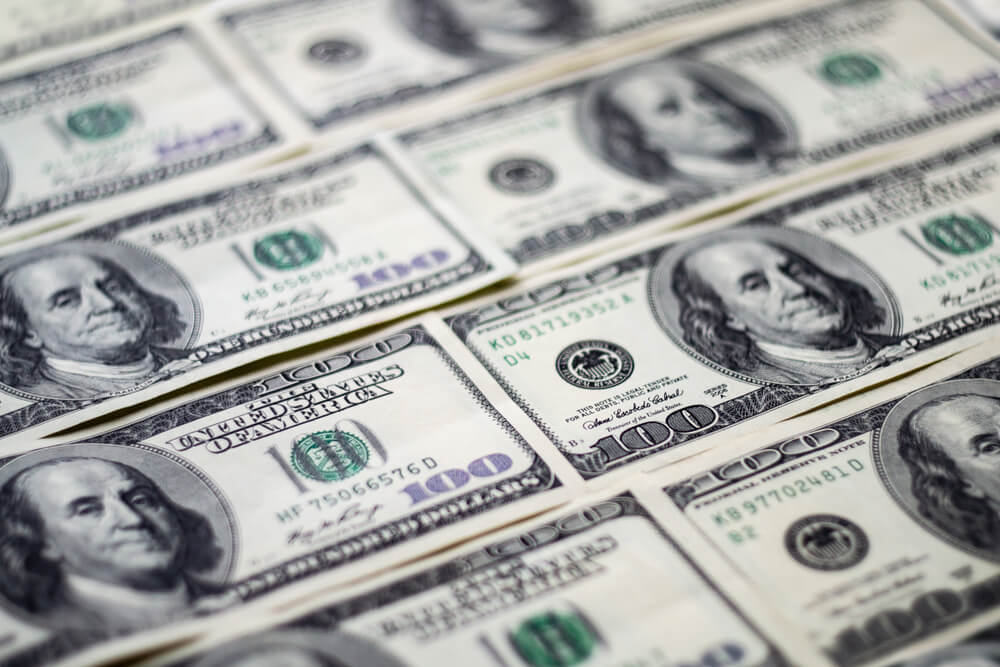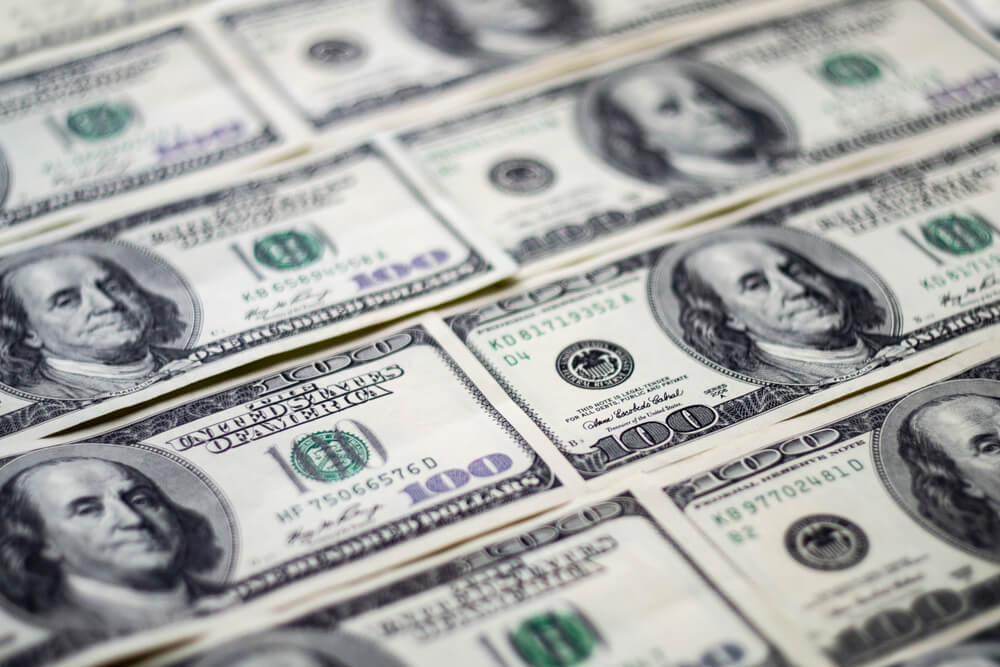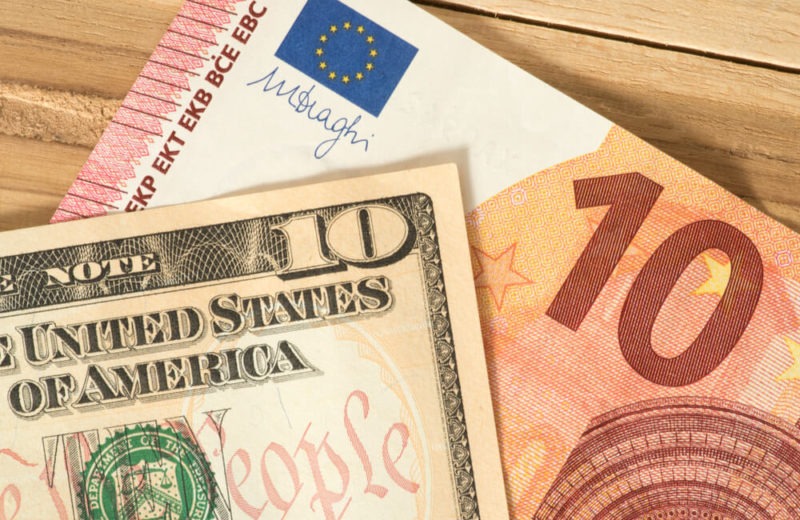The U.S. dollar fell to a four-week low on Thursday with Treasury yields pulling back from last month’s surge. Forex markets were increasingly convinced the Federal Reserve will keep interest rates low for some time.
In the European session, the dollar index slid to its lowest since March 18 at 91.535. That was before recovering to be basically unchanged at 91.590.
The euro soared as high as a four-week top of $1.1990. That matched the highest level since March 4, before trading little changed at $1.19735.
On Wednesday, the greenback hit a three-week low of 108.755, then it changed hands at 108.87 yen.
Reports have said that the U.S. will be announcing sanctions on Russia as soon as Thursday. That is for alleged election interference and malicious cyber activity. Thus, the Russian rouble sank more than 1% to 76.65 per dollar over that report.
Yields Pull Back
In European trade, the ten-year U.S. bond yield eased to 1.6165%. That was down from a 14-month peak of 1.776% reached in late March. Also, that reduces the dollar’s yield attraction.
Fed officials have repeatedly assured that they will keep interest rates low. These have helped stabilise U.S. bonds, especially at the short end of the market.
Meanwhile, the S&P 500 have set records this week. That said, stocks have climbed higher.
Osamu Takashima, chief currency strategist at Citigroup Global Markets Japan said that risk sentiment is improving. It’s dragging on bond yields and the dollar.
He said he believes the dollar weakening trend could continue. And that’s with a move toward 108 yen and $1.205 per euro in the near term.
On Wednesday, Fed Chair Jerome Powell said that in time, the U.S. central bank would reduce its monthly bond purchases. That’s before it committed to an interest rate increase, a scenario many investors had regarded as a given.
Meanwhile, on Thursday, the Australian dollar rose as high as $0.7754. That was for the first time since March 23. Moreover, the New Zealand dollar also rose to a three-week high of $0.7174.
Yujiro Goto, currency strategist at Nomura Securities said that when economic data is strong and the Fed is not turning hawkish, they could see risk-sensitive currencies gaining against both the dollar and the yen.
Due at 1230GMT, Thursday, were U.S. data, including retail sales readings for March and weekly jobless figures.














